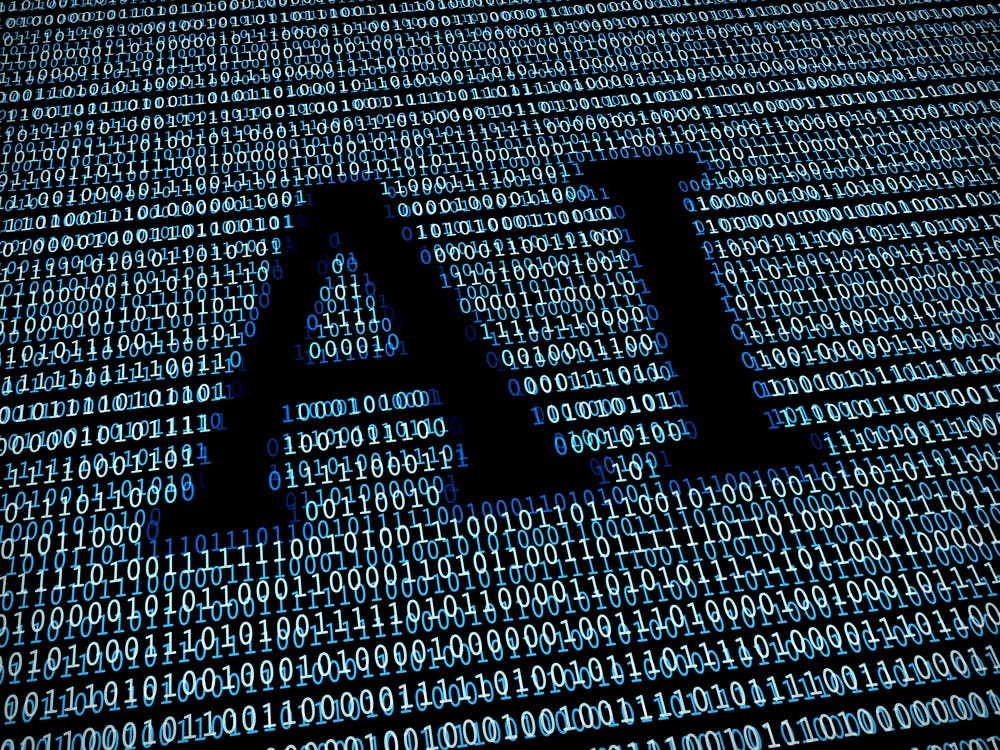AI for recruiting is on everyone’s mind these days with a lot of talk on how it’s going to transform recruiting. Artificial intelligence for recruiting is the next generation of software designed to improve or automate some part of the recruiting workflow.
Interest in AI for recruiting has been sparked by three major trends:
- The improving economy: The recent economic gains have created a candidate-driven market that’s made competing for talent tougher than ever. This competition will only continue to increase – 56% talent acquisition leaders surveyed by LinkedIn believe their hiring volume will grow in 2017.
- The need for better technology: Although hiring is predicted to increase, 66% of talent acquisition leaders state their recruiting teams will stay the same size or even shrink. This means time-constrained recruiters need better tools to effectively streamline or automate a part of their workflow, ideally for tasks that are the most time-consuming.
- The advancements in data analytics: As technology becomes fast and cost-effective enough to collect and analyze vast quantities of data, talent acquisition leaders are increasingly asking their recruiting teams to demonstrate data-based quality of hire metrics such as new hires’ performance and turnover.
The growing popularity of AI for recruiting represents exciting opportunities for recruiters to enhance their capabilities but there’s also a lot of confusion about how to best leverage it.
To help you make sense of it all, here are the three most promising applications for AI for recruiting.
Application #1: AI for candidate sourcing
Candidate sourcing is still a major recruiting challenge: a recent survey found 46% of talent acquisition leaders say their recruiting teams struggle with attracting qualified candidates.
AI for candidate sourcing is technology that searches for data people leave online (e.g., resumes, professional portfolios, or social media profiles) to find passive candidates that match your job requirements.
This type of AI for recruiting streamlines the sourcing process because it can simultaneously search through multiple sources of candidates for you. This replaces the need to manually search them yourself and potentially saves you hours per req. The time you save sourcing can be spent attracting, pre-qualifying, and interviewing the strongest candidates instead.
Application #2: AI for candidate screening
When 75-88% of the resumes you receive are unqualified, it’s easy to see why resume screening is the most frustrating and time-consuming part of recruiting. For high-volume recruitment such as retail and customer service roles, most recruiting teams just don’t have the time to manually screen the hundreds to thousands of resumes they receive per open role.
AI for screening is designed to automate the resume screening process. This type of intelligent screening software adds functionality to the ATS by using post-hire data such as performance and turnover to make hiring recommendations for new applicants.
It makes these recommendations by applying the information it learned about existing employees’ experience, skills, and other qualifications to automatically screen and grade new candidates. This type of technology can also enrich resumes by using public data sources about previous employers and candidates’ social media profiles.
AI for resume screening automates a low-value, repetitive task and allows recruiters to re-focus their time on higher value priorities such as talking and engaging with candidates to assess their fit.
Application #3: AI for candidate matching
Candidate matching can be an even bigger challenge than sourcing: 52% of recruiters say the hardest part of their job is identifying the right candidates from a large applicant pool.
AI for candidate matching uses an algorithm to identify the strongest matches for your open req. Matching algorithms analyze multiple sources of data such as candidates’ personality traits, skills, and salary preferences to automatically assess candidates against the job requirements.
For example, a LinkedIn job posting ranks candidates by matching the skills on your job description to applicants’ skills on their LinkedIn profiles. Talent marketplaces use matching algorithms to match their community of candidates to open roles. These talent marketplaces usually cater to specific candidate skill sets such as software development or sales.
AI for matching is used to identify the most qualified candidates from those who have opted-in and are either actively looking for a new role or are very open to a new opportunity. This means recruiters don’t need to waste time trying to attract passive candidates who just aren’t interested in a new role.
For a different perspective on the power of artificial intelligence to match candidates to jobs see “Despite What You Read or Hear, Sourcing Is Alive and Well Indeed.”
AI and the future of recruiting
Experts are predicting AI for recruiting will transform the recruiter role. As low-value, time-consuming recruiting tasks become streamlined and automated through AI technology, the recruiter role has the potential to become more strategic.
Recruiters who understand how AI will augment their capabilities will reap the benefits of increased efficiency through the dozens of hours saved per hire on sourcing, resume screening, and candidate matching.
AI for recruiting promises to free up recruiters’ time to engage with candidates to determine fit and pinpoint candidates’ needs and desire to persuade them to take the role. It holds the potential to empower them to partner with hiring managers and talent acquisition leaders to plan out proactive hiring initiatives based on future growth and revenue rather than reactive back-filling.
Recruiters who figure out how to best leverage this new technology will be rewarded with improved KPIs such as higher quality of hire and lower turnover.
